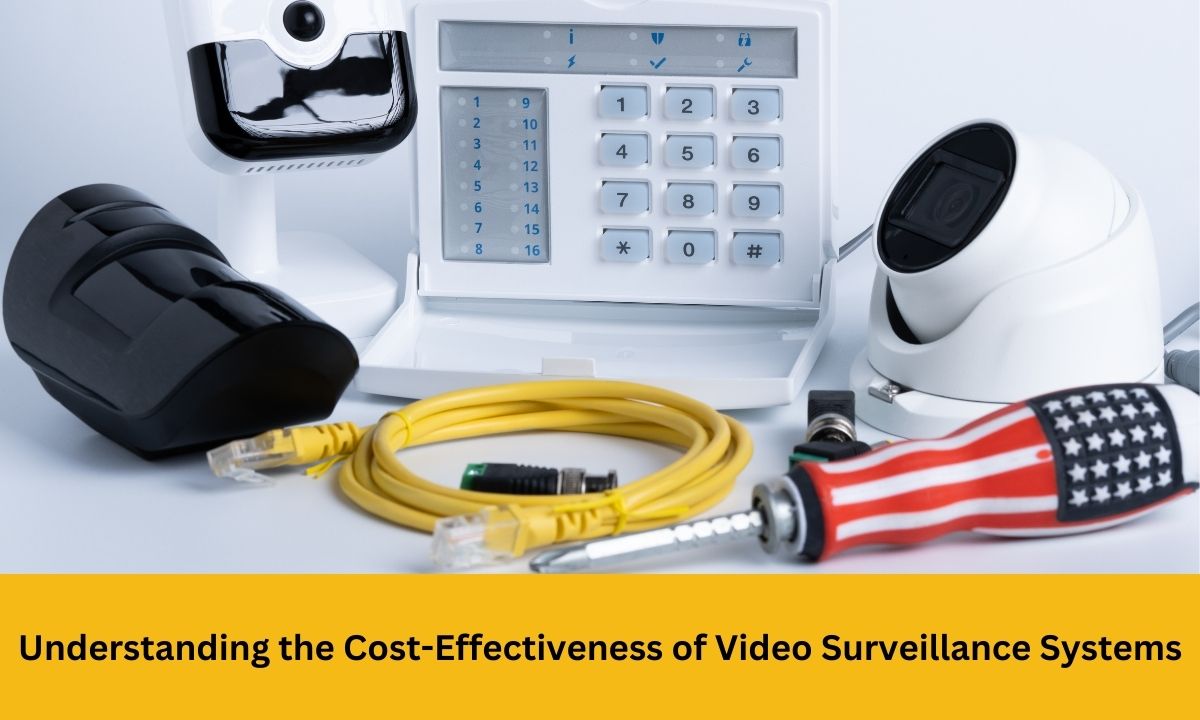Types of Malware That Allow Someone to Monitor Your Device
Malware comes in many forms, and some of it is designed specifically to monitor your activity, steal your information, and even let someone see what you're doing on your device. This type of malicious software can be incredibly dangerous, compromising your privacy and security. In this article, we will explore the most common types of malware that allow someone to spy on your device activity.
1. Spyware
Spyware is a type of malware designed to silently monitor your device activity without your knowledge. Once installed, it can record keystrokes, capture screenshots, log your browsing history, and even track the apps you use. The most dangerous types of spyware can also enable remote access to your device’s camera and microphone, allowing cybercriminals to see and hear what you're doing in real time.
Common Spyware Features:
- Keylogging (recording keystrokes)
- Screen capturing
- Monitoring online activity
- Accessing messages, emails, and contact lists
Examples: Pegasus, FinFisher
2. Keyloggers
A keylogger is a specific type of spyware that records every keystroke you make on your device. This means that sensitive information such as your passwords, credit card details, and personal messages can be easily captured and sent to the attacker. Keyloggers can also capture screenshots of what you’re viewing, allowing the attacker to monitor your activities in real time.
Common Keylogger Features:
- Logging all keystrokes
- Screenshot capturing
- Ability to remain undetected for long periods
- Used to steal personal information like banking details
Examples: Refog, All In One Keylogger
3. Remote Access Trojans (RATs)
Remote Access Trojans (RATs) are particularly dangerous because they allow attackers full control over your device. Once a RAT is installed, the attacker can view your screen, access your files, and even take control of your webcam and microphone to watch and listen to you in real-time. RATs are commonly distributed via malicious email attachments, infected software, or compromised websites.
Common RAT Features:
- Remote access to files and folders
- Ability to control your webcam and microphone
- Monitoring real-time device activity
- Sending and receiving files without your consent
Examples: DarkComet, NjRAT
4. Adware with Spyware Capabilities
Adware is typically associated with showing unwanted ads, but some adware can also have spyware capabilities. Certain types of adware can track your browsing habits, search history, and the websites you visit. While adware is usually less harmful than full-fledged spyware or RATs, it still poses a significant threat to your privacy by logging your online behavior.
Common Adware Features:
- Tracking browsing activity
- Serving unwanted advertisements
- Collecting personal information without consent
Examples: Fireball, DollarRevenue
5. Screen Recording Malware
Some advanced types of malware can record your screen activity. This type of malware captures video of everything you do on your device, including the websites you visit, the apps you use, and the data you input. Cybercriminals can use this to capture sensitive information like passwords, login credentials, or private communications.
Common Screen Recording Malware Features:
- Recording your screen without permission
- Capturing login credentials, passwords, and sensitive data
- Operating silently in the background
Examples: Virobot, RedShell
Also, Read: What Are WLAN Controllers? Which Protocol Is Used for Centralized Management of WLAN?
How to Protect Your Device from Spyware and Monitoring Malware
To safeguard your privacy and prevent malware from spying on your activities, follow these essential security practices:
-
Install Antivirus Software: A reliable antivirus or anti-malware program can detect and remove spyware, keyloggers, and RATs before they can cause harm.
-
Regular Software Updates: Keeping your operating system, apps, and antivirus software updated ensures that known vulnerabilities are patched.
-
Be Cautious with Email Attachments and Links: Avoid opening unsolicited attachments or clicking suspicious links in emails, which are common ways that spyware and RATs are distributed.
-
Use Strong Passwords and Two-Factor Authentication: Strengthening your passwords and using two-factor authentication can prevent unauthorized access to your accounts.
-
Regularly Scan Your Device: Schedule regular security scans to detect and remove any potential malware that may have gone unnoticed.
Conclusion
Various types of malware, such as spyware, keyloggers, Remote Access Trojans, and screen recording malware, allow cybercriminals to monitor your activities on your device. These malware types can compromise your privacy, steal your sensitive information, and even let attackers watch and listen to you in real-time. To protect your device and personal data, it’s crucial to use strong security measures, including antivirus software, regular updates, and safe browsing habits.
By understanding the different types of malware and how they operate, you can better safeguard your privacy and prevent unauthorized access to your device.






